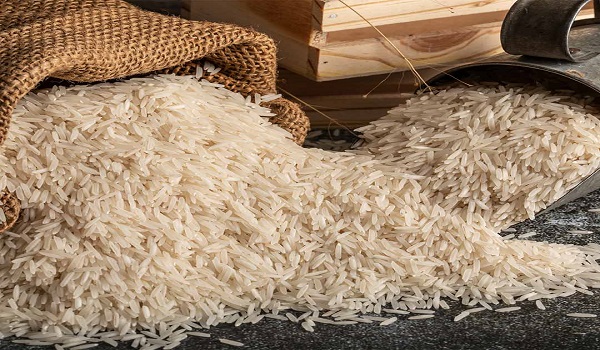According to industry officials, India’s basmati rice exports are anticipated to decrease in 2024 following a near-record high the previous year, with Pakistan emerging as a formidable competitor by offering the grain at competitive prices amid a rebound in production.
India and Pakistan stand as the primary exporters of the premium long-grain variety of rice renowned for its aroma, catering to markets including Iran, Iraq, Yemen, Saudi Arabia, the United Arab Emirates, and the United States.
In 2023, India witnessed a remarkable 11.5% surge in basmati rice exports compared to the previous year, reaching 4.9 million metric tons, narrowly missing the record high of 5 million tons set in 2020. This increase was attributed to reduced supplies from Pakistan and stocking efforts by importing nations.
Basmati rice shipments contributed significantly to India’s status as the world’s largest rice exporter, achieving a record $5.4 billion in exports in 2023, a nearly 21% increase from the previous year, driven by higher prices.
Vijay Setia, a prominent exporter from Haryana, India, noted the shift in market dynamics, stating, “Last year, buyers rushed to stock up during Pakistan’s production issues. However, this year, Pakistan’s competitive pricing due to increased production is impacting India’s exports.”
Chela Ram Kewlani, chairman of the Rice Exporters Association of Pakistan (REAP), projected Pakistan’s total rice exports to soar to 5 million tons in the 2023–24 financial year, up from 3.7 million tons the previous year.
The depreciation of the Pakistani rupee has further boosted Pakistan’s competitiveness in exports, as stated by Akshay Gupta, head of bulk exports at KRBL Ltd.
Conversely, lower export demand coupled with an estimated 10% rise in India’s basmati rice production is exerting downward pressure on basmati prices in the country, Gupta added.
Despite increased shipments to markets such as Iraq, Oman, Qatar, and Saudi Arabia, a significant decline in purchases by Iran, the largest buyer of Indian basmati rice, has been observed, according to data from India’s Ministry of Commerce and Industry.
Export momentum faltered briefly in September and October due to India’s imposition of a minimum export price (MEP) on basmati rice shipments, which was subsequently adjusted from $1,200 per ton in August to $950 in October. However, further export declines are anticipated in the near term due to buyers delaying purchases amidst increased freight costs caused by disruptions in shipping via the Red Sea, noted exporter Vijay Setia.
“Buyers are maintaining sufficient inventory, reducing the urgency for purchases,” Setia emphasized.


